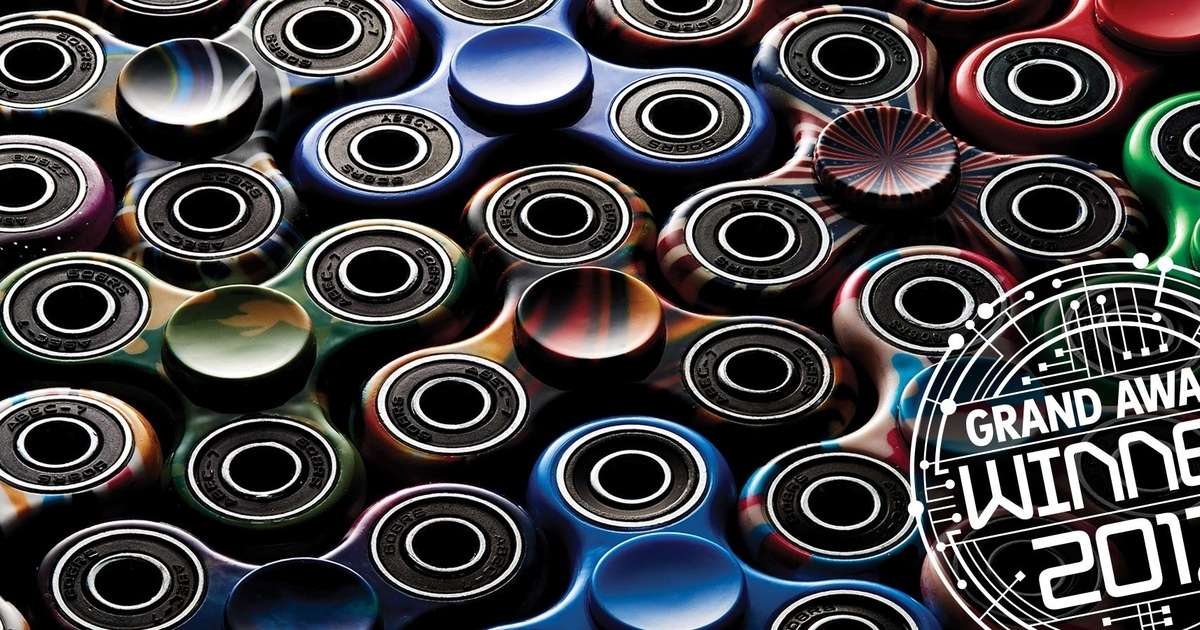Toshiba’s next-generation SCiB lithium-ion battery could give electric cars a 200-mile range after recharging for just six minutes.


Neat!
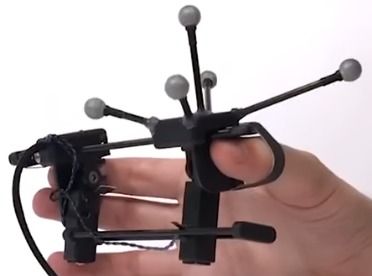
Drawing in air, touchless control of virtual objects, and a modular mobile phone with snap-in sections (for lending to friends, family members, or even strangers) are among the innovative user-interface concepts to be introduced at the 30th ACM User Interface Software and Technology Symposium (UIST 2017) on October 22–25 in Quebec City, Canada.
Here are three concepts to be presented, developed by researchers at Dartmouth College’s human computer interface lab.
Elena Milova shares her #IAmTheLifespan story for Longevity Month. Tell us your story too!
https://www.leafscience.org/longevity-month-2017-tell-us-your-story/
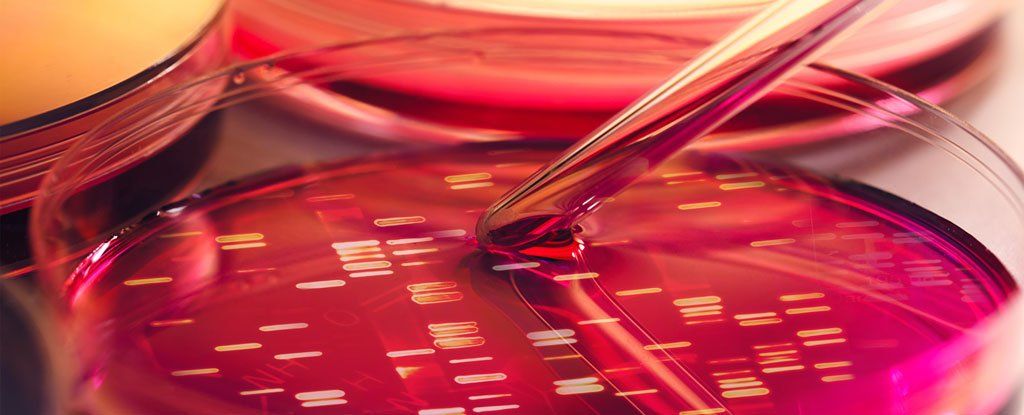
One of the most defining scientific discoveries in recent decades is the development of induced pluripotent stem cells, which lets scientists revert adult cells back into an embryonic-like blank state and then manipulating them to become a particular kind of tissue.
But now a new model could do away with this time-consuming process, taking out the middle step and directly programming cells to become whatever we want them to be.
“Cells in our body always self-specialise,” explains bioinformatics researcher Indika Rajapakse from the University of Michigan.
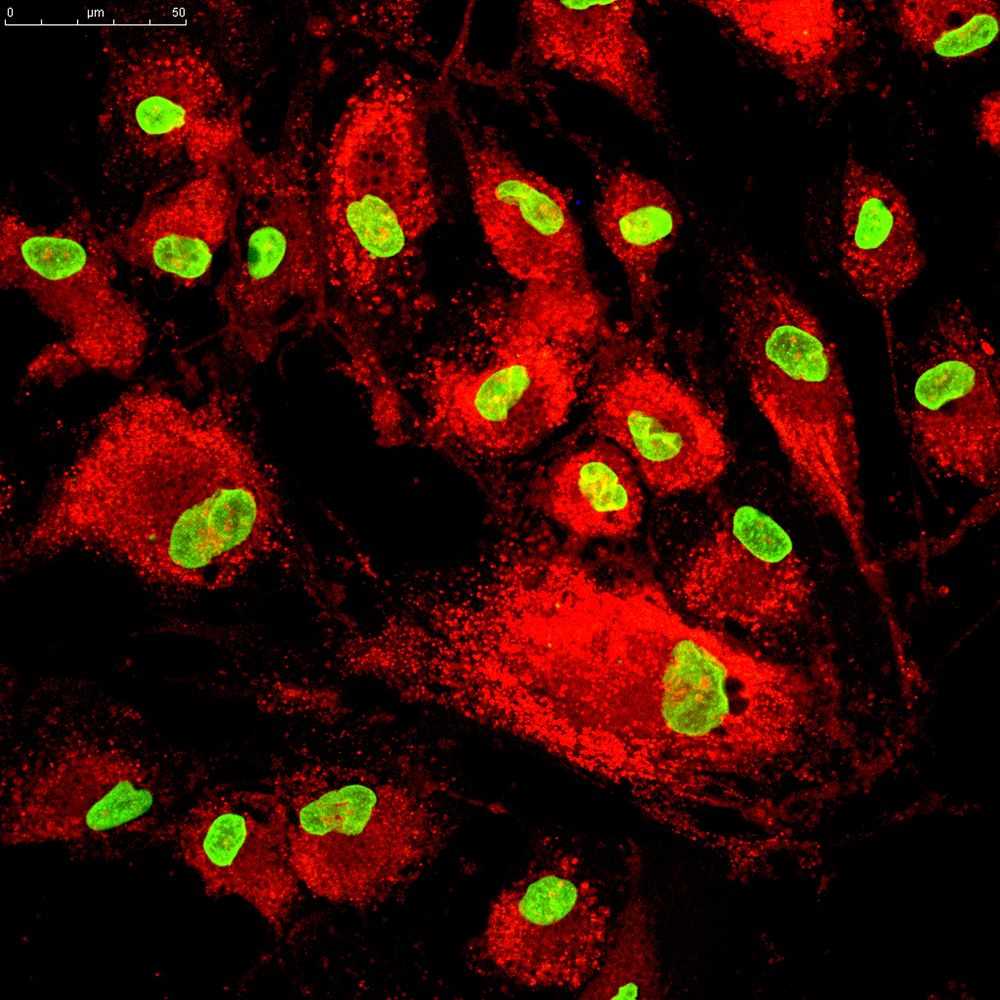
The first results of two human clinical trials using stem cell therapy for age-related frailty have been published, and the results are very impressive indeed. The studies show that the approach used is effective in tackling multiple key age-related factors.
Aging research has made significant progress in the last few years, with senescent cell clearing therapies entering human trials this year, DNA repair in human trials, and a number of other exciting therapies nearing human testing. We are reaching the point where therapies that target aging processes are no longer a matter of speculation; they are now an undeniable matter of fact.
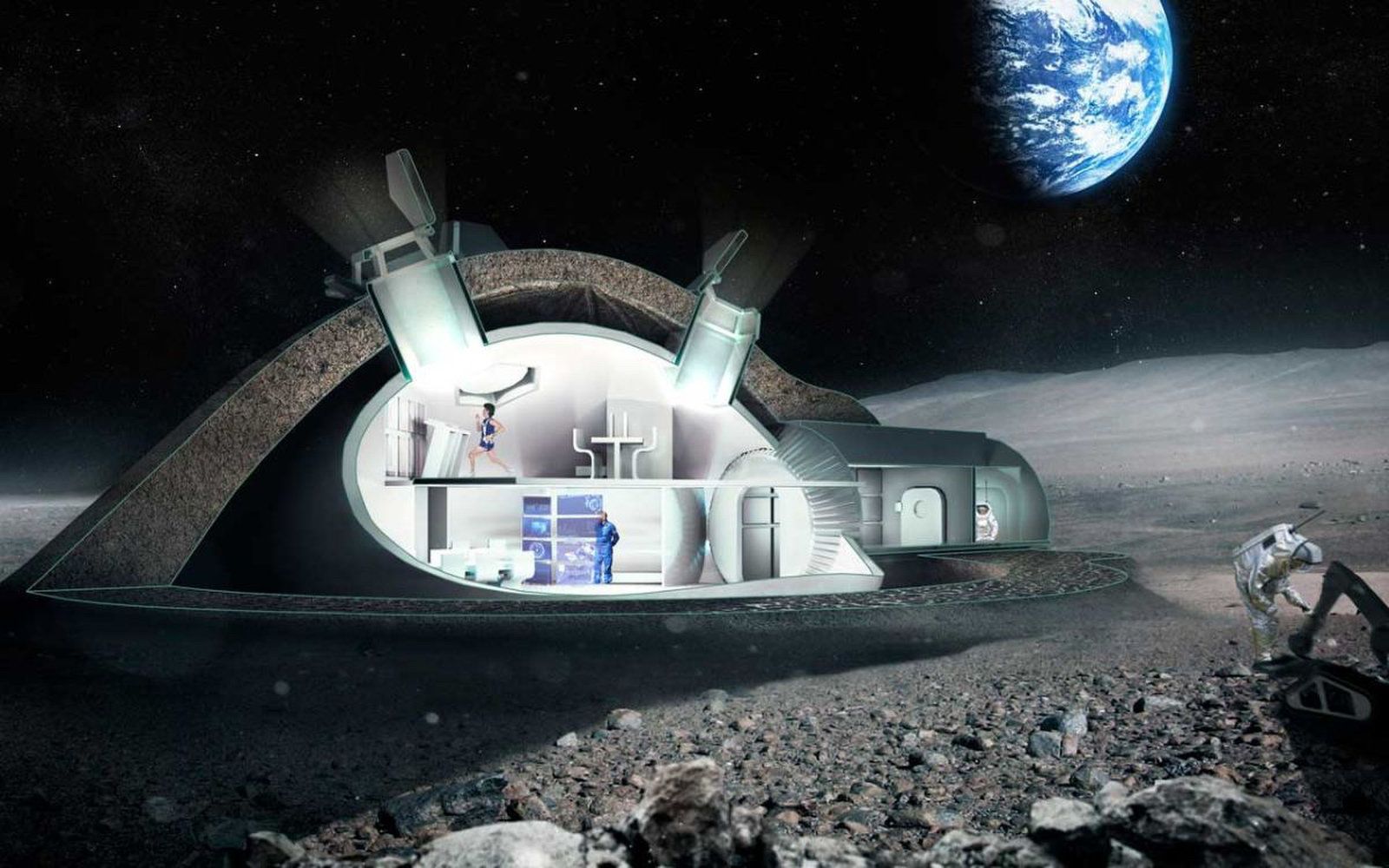
Human settlement of the moon may go through Hawaii.
Earlier this month, an International MoonBase Summit (IMS) brought together representatives from academia, government and the private sector to help lay the groundwork for a base on the lunar surface.
“Because of its geography, geology and culture, Hawaii is the perfect place to build a MoonBase prototype,” said Henk Rogers, an entrepreneur based in Hawaii and the organizer of the IMS. [Lunar Colony: How to Build a Moonbase in Images].

In what promises to be one small step for space travel, and one giant leap for the next generation of manufacturing, an Israeli startup is planning to land a vehicle on the moon that has crucial parts made using 3D printing technology.
SpaceIL is among five teams vying for Google’s $30 million in prize money to get a spacecraft to the moon by the end of March. One of the startup’s suppliers, Zurich-based RUAG Space, advised turning to 3D printing to manufacture the legs of its unmanned lunar lander. With financial stakes high and a tight deadline, SpaceIL engineers were at first deeply skeptical, according to RUAG executive Franck Mouriaux. They finally acquiesced after a lot of convincing.

